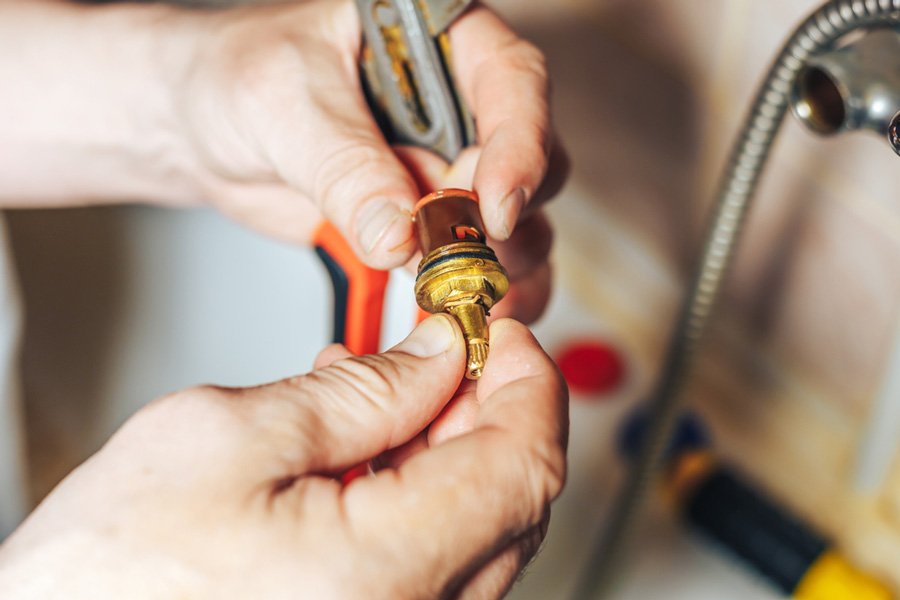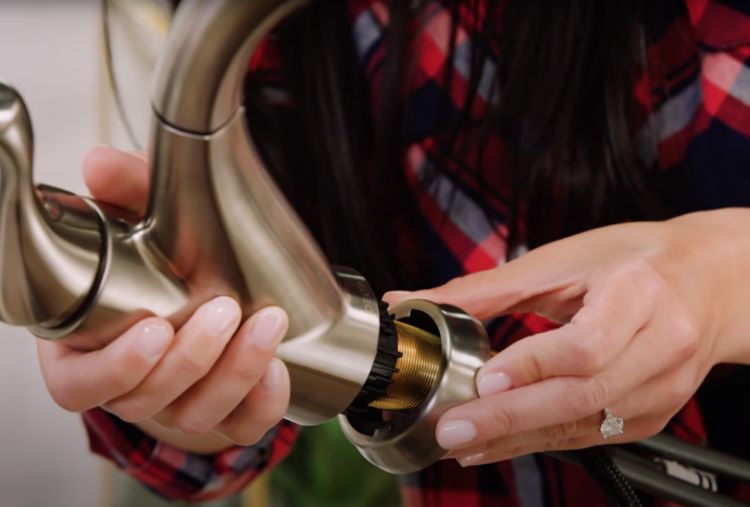Uncovering the Relevance of Resolving a Dripping Faucet
Uncovering the Relevance of Resolving a Dripping Faucet
Blog Article
How do you actually feel in relation to Why Are My Faucets Dripping (And Can I Fix It Myself)??

Leaking faucets might feel like a small trouble, however their impact surpasses simply the aggravation of the noise. From wasting water to sustaining unnecessary financial prices and health and wellness threats, neglecting a dripping tap can result in numerous repercussions. In this article, we'll explore why it's essential to address this common household issue promptly and effectively.
Wastefulness of Water
Ecological Effect
Leaking faucets add substantially to water wastage. According to the Epa (EPA), a single faucet trickling at one drip per second can throw away more than 3,000 gallons of water each year. This not only pressures water resources but likewise influences environments and wild animals dependent on them.
Step-by-Step Overview to Dealing With a Dripping Tap
Tools Needed
Prior to attempting to repair a trickling faucet, gather the required devices, consisting of an adjustable wrench, screwdrivers, replacement parts (such as washers or cartridges), and plumber's tape.
Common Tap Issues and Their Solutions
Identify the type of tap and the particular problem creating the drip. Typical troubles include damaged washers, corroded valve seats, or malfunctioning O-rings. Refer to manufacturer instructions or online tutorials for step-by-step assistance on repair services.
Financial Prices
Boosted Water Costs
Beyond the environmental impact, leaking taps can inflate water expenses considerably. The accumulated waste gradually converts into higher utility costs, which might have been stayed clear of with prompt repairs.
Potential Home Damage
Additionally, extended leaking can cause damage to fixtures and surfaces surrounding the tap. Water buildup can create discoloration, rust, and even architectural issues if left unattended, causing extra repair work costs.
Wellness Worries
Mold and Mold Development
The constant visibility of wetness from a dripping tap creates an ideal atmosphere for mold and mold growth. These fungi not just jeopardize interior air high quality yet also present health dangers, especially for people with respiratory conditions or allergic reactions.
Waterborne Conditions
Stationary water in leaking faucets can become a breeding ground for bacteria and other pathogens, increasing the risk of waterborne conditions. Pollutants such as Legionella germs flourish in stagnant water, possibly leading to severe illnesses when consumed or inhaled.
DIY vs. Expert Repair service
Pros and Cons of DIY Repair Work
While some may try to take care of a trickling tap themselves, do it yourself repairs include their own collection of difficulties. Without appropriate knowledge and devices, DIY attempts can intensify the concern or bring about incomplete repairs, extending the problem.
Advantages of Hiring a Specialist Plumber
Hiring a specialist plumber guarantees that the underlying root cause of the dripping faucet is resolved efficiently. Plumbers possess the experience and equipment to identify and repair tap problems successfully, saving time and reducing the threat of more damages.
Environmental Responsibility
Individual Contribution to Conservation
Taking responsibility for fixing dripping faucets aligns with broader initiatives towards water preservation and environmental sustainability. Every individual's actions jointly make a substantial influence on protecting precious sources.
Sustainable Living Practices
By focusing on timely repair work and adopting water-saving behaviors, individuals contribute to lasting living practices that profit both present and future generations.
Safety nets
Routine Upkeep Tips
To avoid leaking faucets, do routine maintenance such as cleansing aerators, examining for leakages, and replacing worn-out components quickly. In addition, consider setting up water-saving tools or updating to much more effective components.
Importance of Prompt Repair Works
Attending to trickling taps as soon as they're discovered avoids additional water wastefulness and possible damages, inevitably saving both water and money in the future.
Effect On Property Value
Understanding of Well-Maintained Building
Maintaining a residential or commercial property in good condition, including resolving upkeep problems like trickling faucets, improves its perceived value and value amongst prospective buyers or renters.
Impact on Resale Value
Qualities with properly maintained plumbing components, including taps, command higher resale worths in the real estate market. Resolving leaking faucets can contribute to a favorable impression during residential or commercial property examinations and negotiations.
Final thought
Resolving a dripping faucet exceeds plain ease; it's an important step toward saving water, reducing financial expenses, and securing health and wellness and building. Whether via do it yourself fixings or specialist aid, doing something about it to take care of leaking faucets is a small yet impactful way to advertise accountable stewardship of sources and add to a healthier, much more sustainable future.
Most Common Reasons for a Leaky Faucet and How to Stop the Drip
Whether it’s your kitchen faucet leaking or a bathroom faucet leaking, one leaky faucet can waste anywhere from three to 30 gallons of water every single day. If the constant drip-drip-drip doesn’t get your attention, your water bill will. The good news is that, by following a few simple steps, chances are pretty good you can fix the problem yourself.
Why is it dripping?
Before you start taking things apart, let’s break down some of the most common causes of a leaky faucet.
Bad O-ring.
A cartridge is a valve that controls the flow of water into the faucet spout. On cartridge faucets there’s an O-ring—the little disc attached to the stem screw that holds the faucet handle in place. If it’s loose or worn-out, it can cause your sink handle to leak. Of course, the cartridge itself could be worn out. If that’s the case, make sure you replace it with the exact same kind.
Corroded valve seat.
The valve seat connects the faucet and the spout. If the leak seems to be coming from the spout, it might be because a buildup of water sediment has corroded the valve seat.
Worn-out washers or seals.
A leaky spout could be caused by a bad washer that rests against the valve seat. It’s just a matter of time before friction takes its toll. It could also be the wrong size washer or one that’s been installed incorrectly. Water sediments can also corrode inlet and outlet seals.
Water pressure.
If the faucet only drips now and then, or when you turn the handles a certain way, you should probably check your home’s water pressure.
Loose or broken parts.
The adjusting ring and packing nuts in the stream screw can become loose over time, causing your sink handle to leak. Try tightening or replacing the packing nut. If the leak is coming from the pipes underneath the sink, you probably have a broken pipe or fitting. If that’s the case, you should definitely call a plumber.
Know your faucet.
Faucets come in a variety of types. Each one has its own assembly—and its own possible causes of leaks. Learning about the four most common kinds of faucets will help you know how to take them apart and make any repairs.
How to stop a leaky faucet
Fixing that leaky faucet doesn’t have to take a lot of time, money, or expertise. It’s usually a simple matter of replacing a worn-out washer or gasket, a loose O ring, or another part. Chances are really good you can do this yourself if you follow these simple steps.
Shut off the water.
Before you tackle the faucet, cut off the water supply to the sink. There should be one valve for hot and one for cold. Hand-turn them clockwise with your hands till they close. If there are no valves under the sink, head to the basement and shut off the main water supply to the house. Then turn on the faucet until it empties out the water that’s still in the line and you’re ready to start. It’s a good idea to cover the sink drain with a plug or a rag so you don’t lose any small pieces and parts while you’re working.

Hopefully you enjoyed reading our excerpt about Why It's Important to Fix Leaky Faucets. Thanks a lot for finding the time to read through our piece of content. Sharing is good. You won't know, you will be doing someone a favor. Thanks for being here. Please come by our website back soon.
Report this page